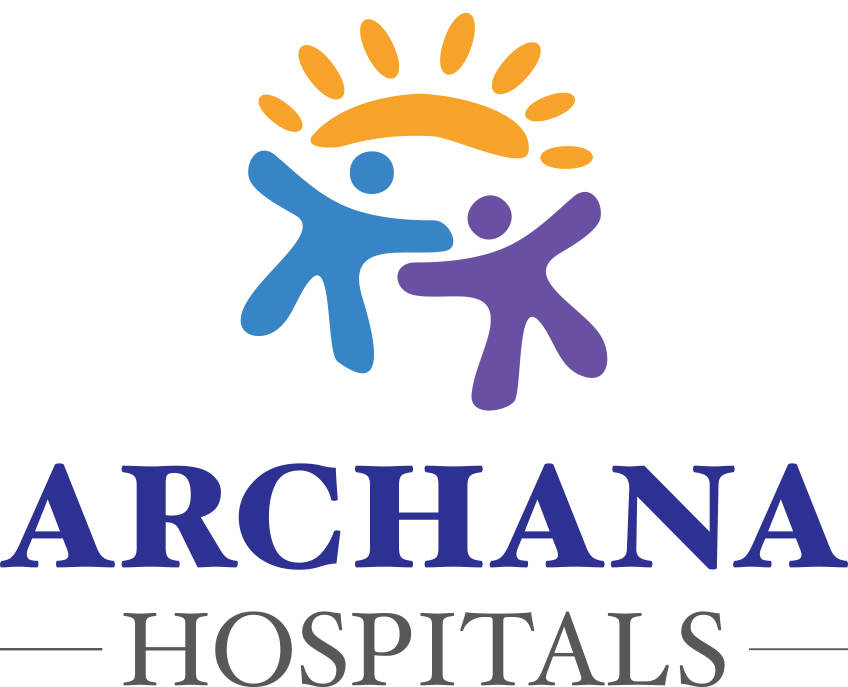If you have a shoulder injury that is not improving with non-surgical treatments, then your doctor may recommend a shoulder surgery. Some of the shoulder problems that may require surgical intervention include:
- Tendinitis,
- Partial Rotator Cuff tears,
- Shoulder instability,
- Fractured collarbone,
- Osteoarthritis and Rheumatoid arthritis.
Shoulder arthroscopy is a type of surgery that uses a tiny camera called an Arthroscope to examine and/or repair any damaged tissues inside or around the shoulder joint. Advances in medicine now mean that it can be used to treat a number of different shoulder injuries and conditions. Conditions that can be treated by a Shoulder Arthroscopy are:
- A torn/damaged cartilage ring or biceps tendon
- A torn rotator cuff
- Shoulder stiffness
- Frozen shoulder
- Removal of any loose bodies
- Shoulder joint infection
During this type of surgery, the surgeon will make small incisions around the joint area. The arthroscope is then inserted along with a sterile solution that works to expand the joint, giving the doctor a clear view and room to work.
Another incision is made for the surgical instruments that are used along with the tiny camera to repair any damage in the injured shoulder.
An arthroscopic shoulder surgery is typically an outpatient procedure and you will be able to return home the same day.
While it is a safe and effective way to restore the function of joints, it has to be performed by a skilled and experienced surgeon.
Advantages of a Shoulder Arthroscopy are
- Smaller incisions
- Faster healing times
- Less scarring
- A more rapid recovery
If you have experienced joint damage or a shoulder injury and are becoming frustrated with the pain and lack of motion, it is time that you visit a Shoulder Arthroscopy Surgeon.
At Archana Hospitals, the Specialists favor non-invasive treatments (eg. medication and physical therapy) over more extensive procedures, but in situations where these procedures no longer provide relief, the right diagnosis and treatment is just a call away.



